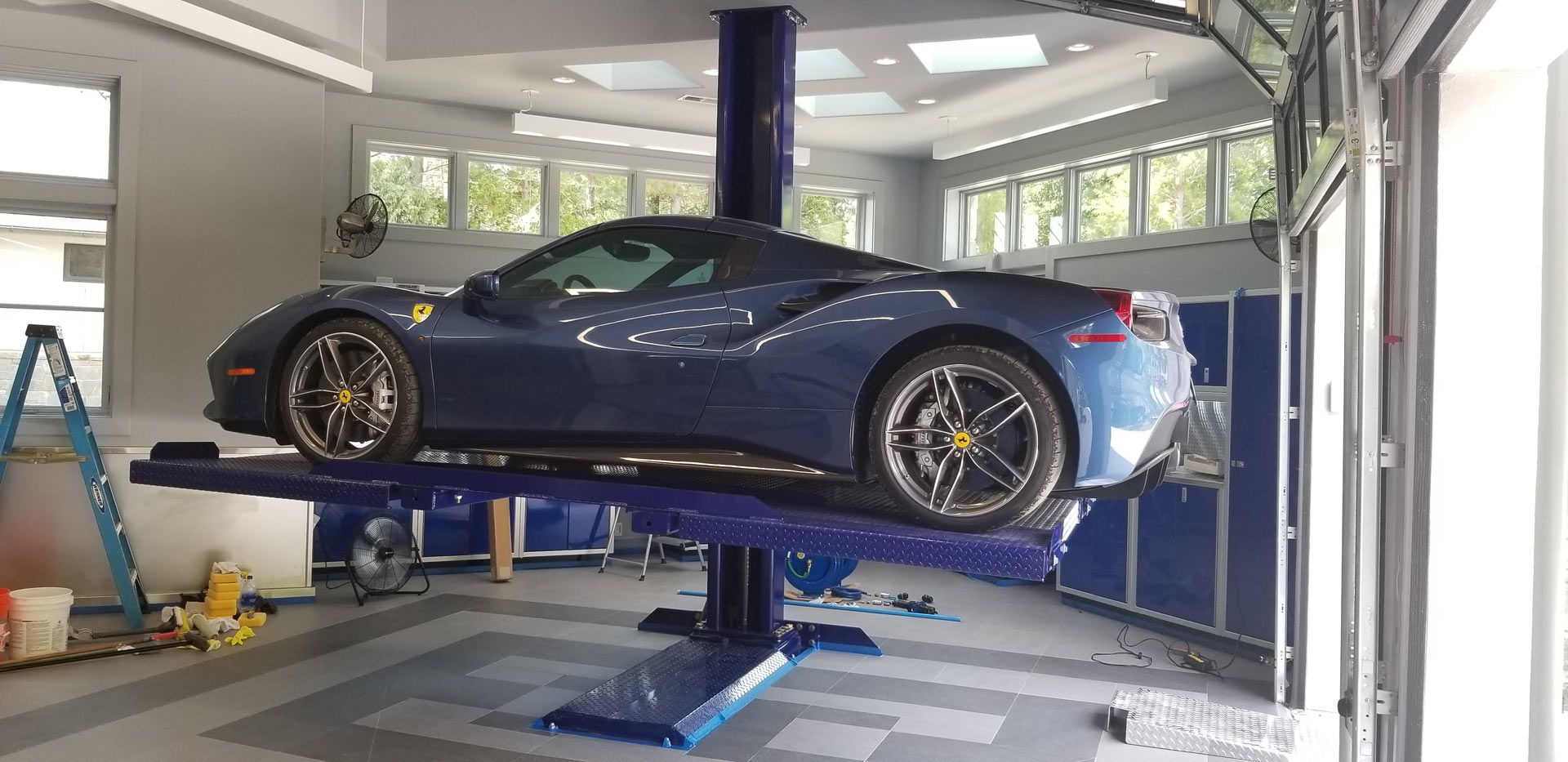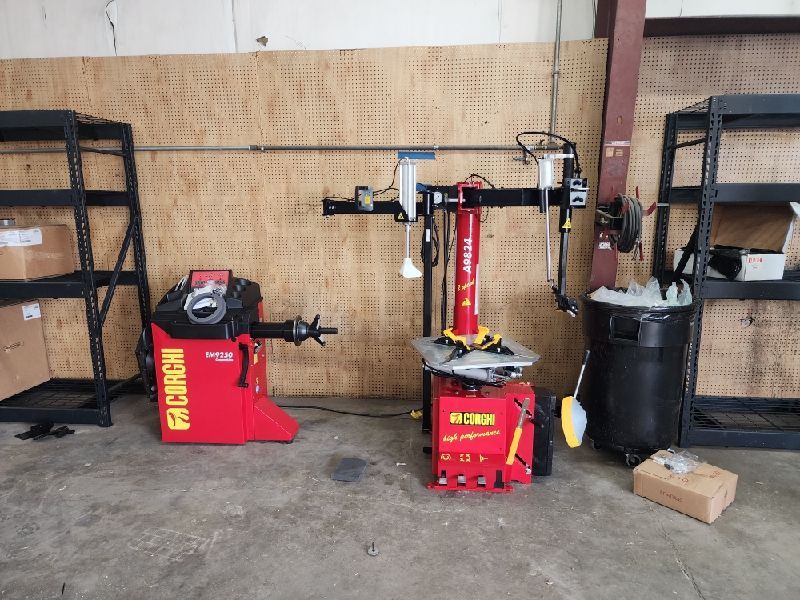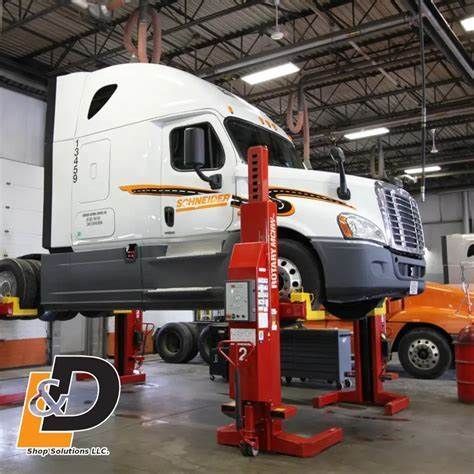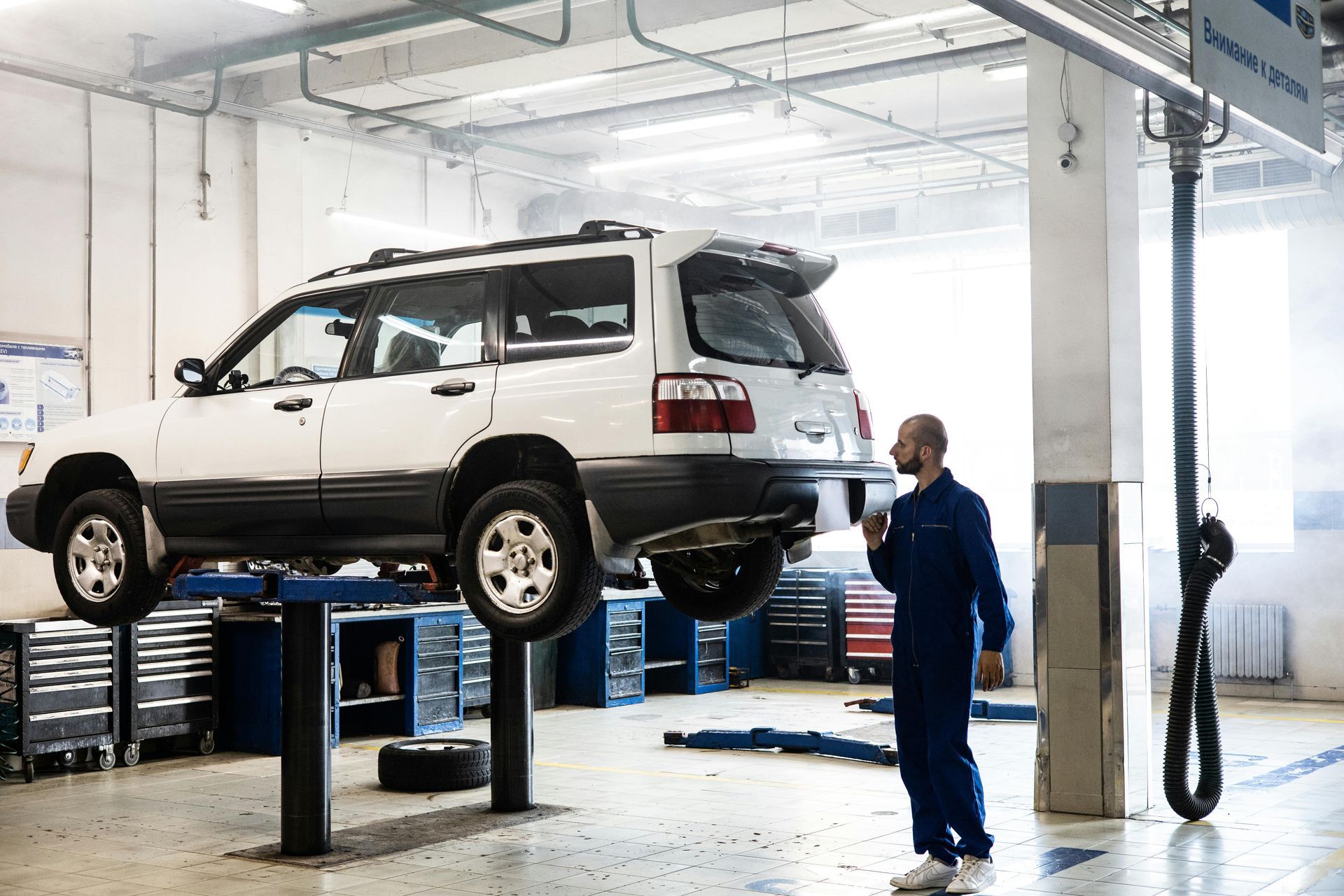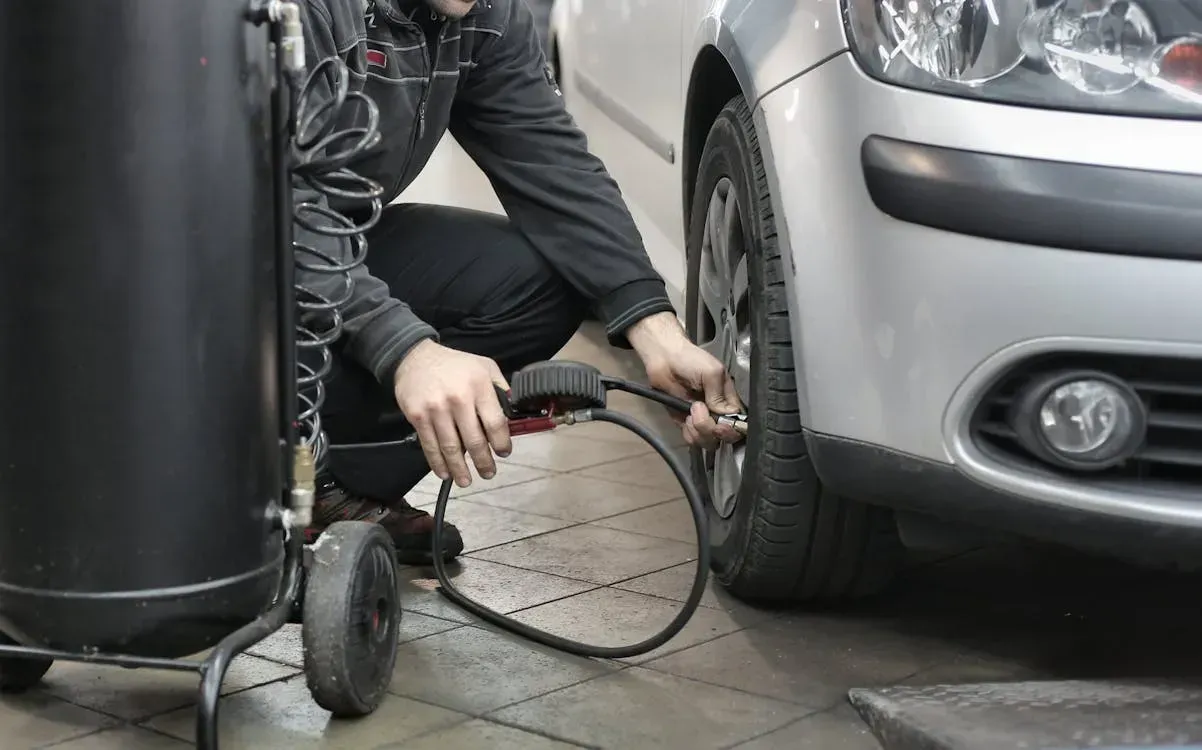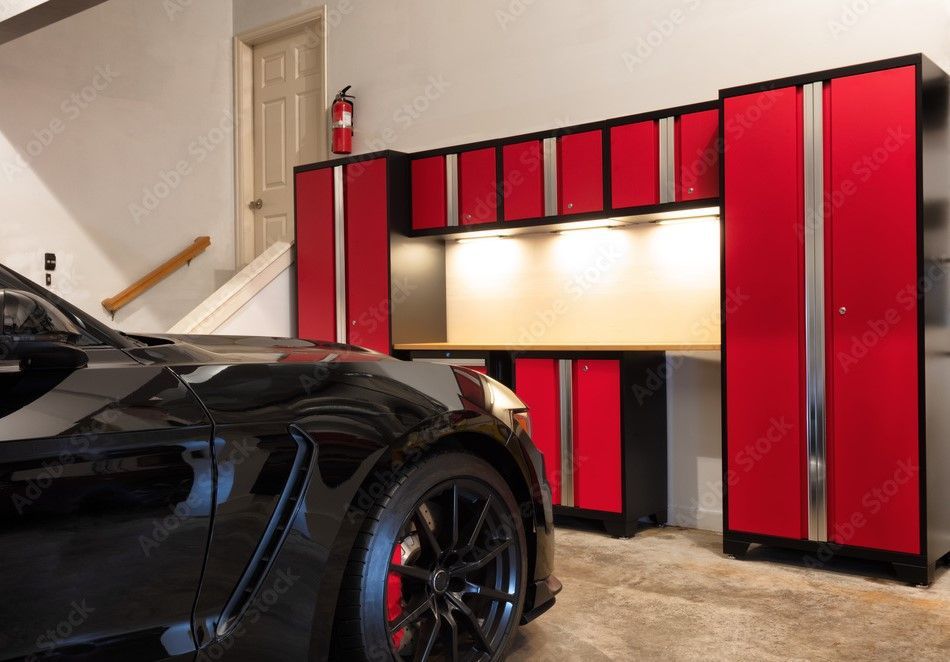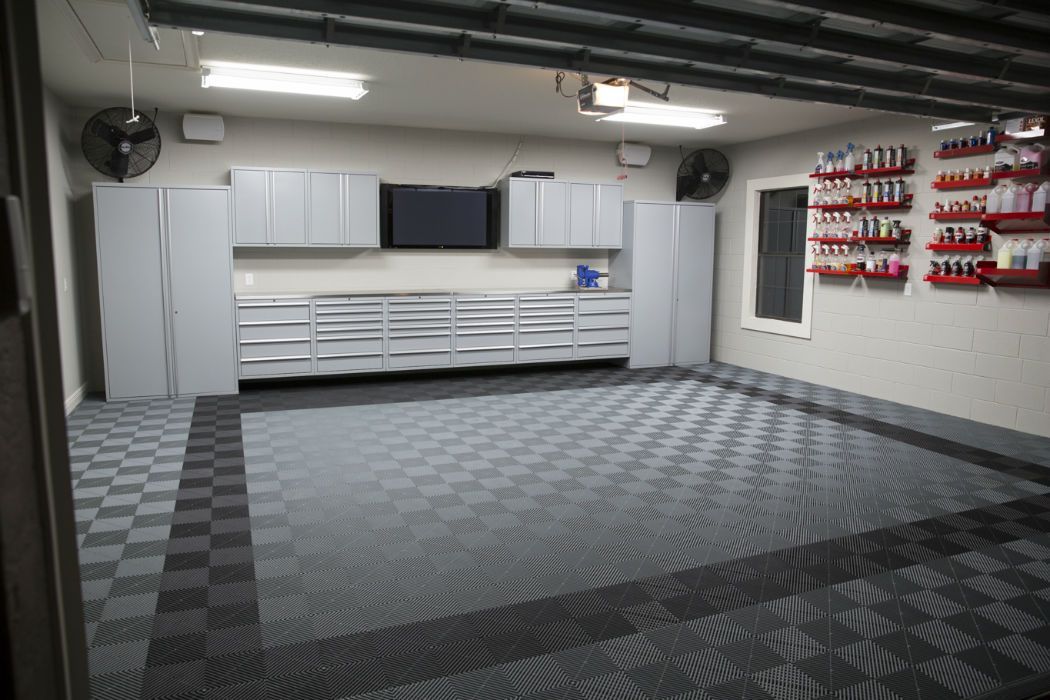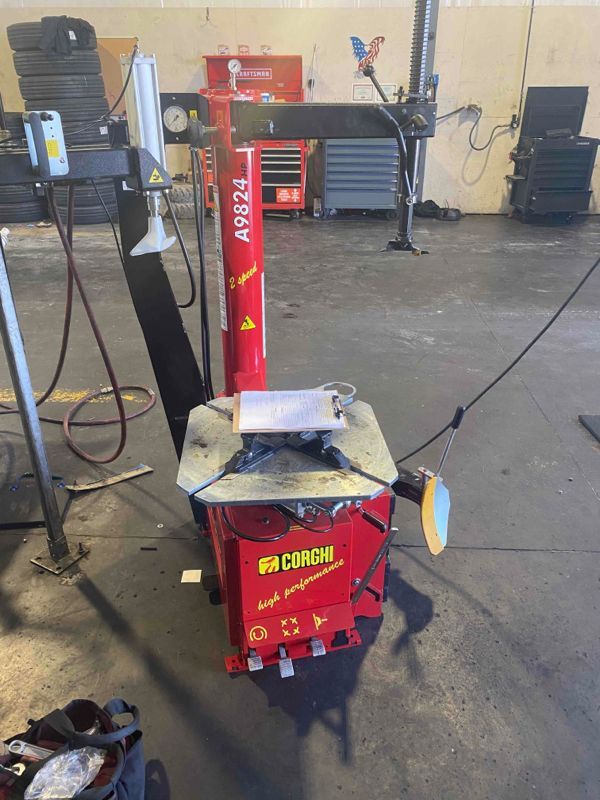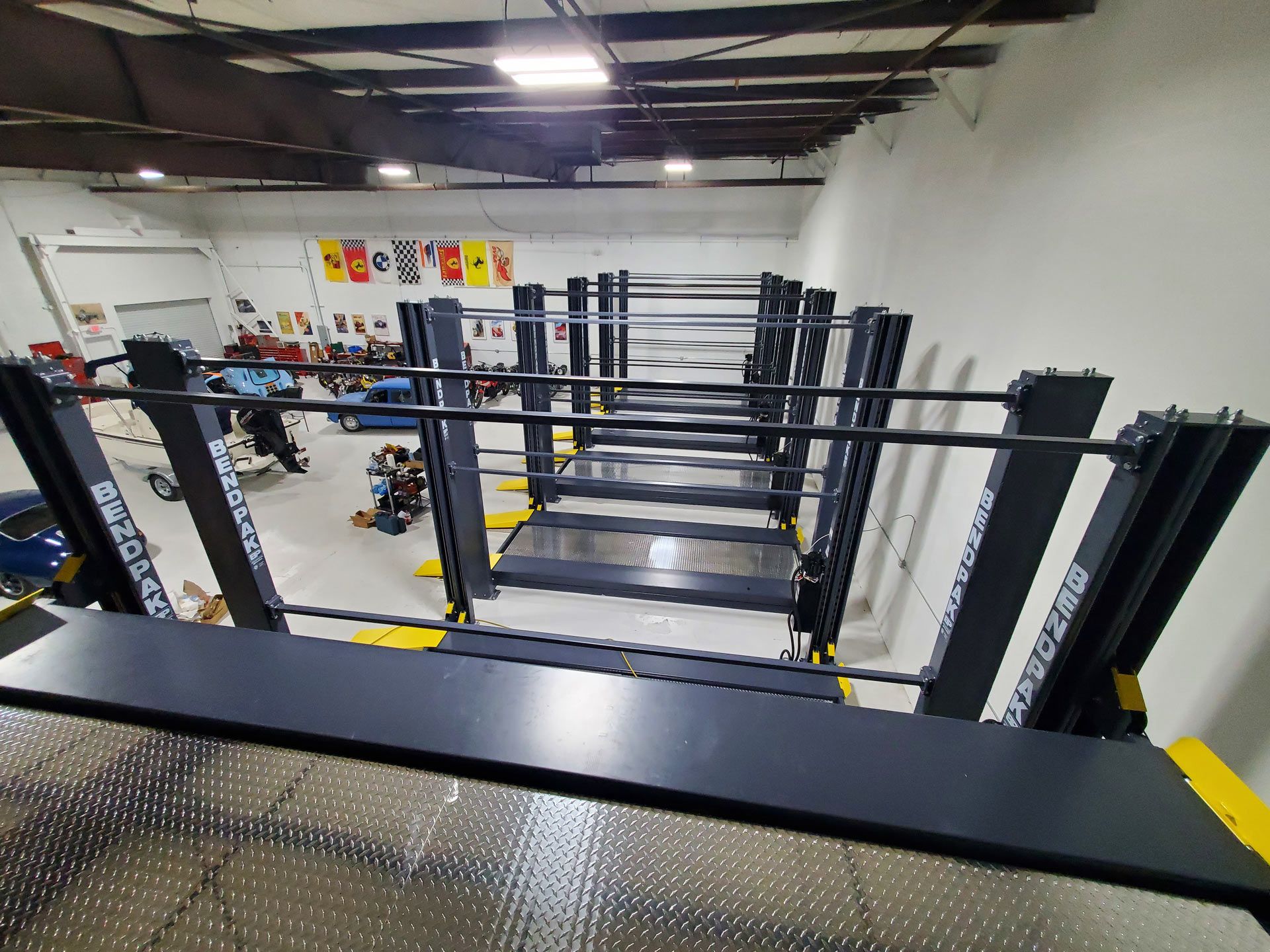Air Dryer vs. Air Filter: What’s Best for Your Shop’s Compressed Air System
September 26, 2025
Introduction
If your auto shop runs on compressed air, you already know how critical clean, dry air is to keeping your tools, lifts, and spray equipment working properly. But one of the most common questions shop owners face is this: Do I need an air dryer, an air filter, or both?
It’s an understandable dilemma. Both systems protect your compressed air lines, but they do it in very different ways. Choosing the right one can mean the difference between reliable performance and recurring maintenance issues.
This article breaks down how air dryers and air filters work, when to use each, and how the right combination can save your Angier, NC shop from costly downtime and equipment wear.
Why Clean, Dry Air Matters in Your Shop
Compressed air is often called the “fourth utility” in automotive and industrial workspaces — just as essential as electricity, gas, and water. But unlike electricity, air can carry moisture, oil, and dust that quickly ruin expensive tools and systems.
Every time your compressor pulls in air, it also brings in humidity and microscopic contaminants. When that air is compressed, moisture condenses into water, and oil mist or dirt can spread through your entire network.
The result?
- Rust and corrosion in air lines
- Clogged valves and fittings
- Damaged pneumatic tools and paint finishes
- Pressure drops that reduce tool efficiency
That’s why air treatment systems — specifically dryers and filters — are essential for any professional setup.
Understanding the Difference Between Air Dryers and Air Filters
Although they often work together, air dryers and air filters perform very different roles in a compressed air system.
Air Dryer: Controlling Moisture
An air dryer removes water vapor from the compressed air before it reaches your tools or storage tanks. Moisture is the most destructive contaminant in a compressed air line, and removing it prevents corrosion, freezing, and inconsistent air pressure.
Common types of air dryers include:
- Refrigerated dryers: Cool compressed air to condense moisture, then drain it off. Ideal for general-purpose shop use.
- Desiccant dryers: Use a drying material to absorb moisture — perfect for high-performance or paint applications requiring ultra-dry air.
- Membrane dryers: Compact, low-maintenance systems that use selective membranes to remove humidity.
In short, dryers handle water vapor — the invisible moisture you can’t filter out mechanically.
Air Filter: Capturing Particles and Oil
An air filter, on the other hand, removes solid contaminants like dust, rust flakes, and oil aerosols from the compressed air. Filters prevent particles from damaging pneumatic tools, valves, or spray guns.
Filters are typically installed at different points in the system:
- Primary filters near the compressor remove large debris and oil.
- Coalescing filters remove fine oil mist and smaller particles.
- Point-of-use filters protect sensitive tools and equipment.
Without proper filtration, oil and dust will coat internal components, wear down seals, and reduce air efficiency.
In simple terms:
- The
air dryer removes
moisture.
- The
air filter removes
particles and oil.
Both are essential for maintaining consistent, high-quality compressed air.
Choosing the Right Solution for Your Shop
To decide what’s best for your setup, consider your shop’s size, tools, and workflow. Here’s how to make the call.
Step 1: Assess Your Air Quality Needs
Start by identifying what contaminants cause the most problems in your system.
- If you frequently see
water in hoses or air tools, you need a dryer.
- If you notice
oil residue or dirt near fittings or paint booths, focus on filters.
- If both are common, you’ll need a combined solution.
Shops in North Carolina — especially in humid areas like Angier — often deal with excess moisture year-round. That makes a dryer + filter combination the most reliable setup.
Step 2: Match to Your Application
Different tools and systems require different levels of air purity.
- General service tools (impact wrenches, lifts, inflators): A refrigerated dryer with a standard filter is usually enough.
- Painting and coating applications: Require ultra-dry, oil-free air — a desiccant dryer with multiple filtration stages is ideal.
- Precision pneumatic systems or industrial setups: Often need membrane dryers and coalescing filters for long-term reliability.
Step 3: Size Your System Correctly
Bigger isn’t always better — but incorrect sizing can cause major inefficiencies. Work with a professional to measure your CFM (cubic feet per minute) demand, compressor capacity, and dew point requirements. Oversized dryers can waste energy; undersized ones can’t keep up with moisture.
Step 4: Plan Maintenance and Drainage
No matter what you install, maintenance determines system longevity. Clean or replace filters regularly, and make sure dryer drains operate correctly. A neglected filter or clogged drain can undo all your investment in air quality.
Combining Dryers and Filters for the Best Results
The best compressed air systems use both — not one or the other. A filter before the dryer removes large debris and oil, extending the dryer’s life. A second filter after the dryer ensures perfectly clean, dry air for your tools.
This staged approach gives you:
- Consistent tool performance
- Fewer repairs and replacements
- Reduced downtime and power use
- Higher-quality paint finishes and precision work
For shops in Angier, NC, where humidity and dust are constant factors, this combination setup is the gold standard for air system reliability.
Frequently Asked Questions
Do I really need both an air dryer and air filter?
Yes, in most cases. Dryers remove moisture while filters remove solid and oil contaminants. Together, they provide complete air quality protection.
Can I install them myself?
It’s best to have a professional handle installation. Correct placement, drainage, and line pressure are crucial for efficiency and longevity.
How often should I change my air filters?
Typically every 3–6 months, depending on usage and environment. A drop in pressure or tool performance usually signals it’s time for replacement.
What’s the ideal dew point for a shop air system?
For general use, 35–50°F is acceptable. For paint or precision work, aim for a dew point below 20°F using a desiccant dryer.
How can I tell if my dryer isn’t working?
Excess moisture in lines, water in filters, or corrosion around fittings indicate the dryer isn’t removing humidity effectively.
Conclusion
Clean, dry air is the foundation of a reliable shop. While filters and dryers each serve different roles, the real efficiency comes when you use them together.
A properly designed air system with the right combination of filters and dryers protects your tools, improves productivity, and lowers operating costs — especially in humid environments like Angier, NC.
If you’re setting up or upgrading your compressed air system, work with a professional who understands how to balance air treatment with energy efficiency and local shop needs. A little planning today ensures years of smooth, trouble-free performance.

